Treasury Releases Technical Corrections for CAMT Proposed Regulations
- Posted by admin
- On January 3, 2025
- 0 Comments
Date: December 23rd, 2024
The U.S. Department of the Treasury and the IRS have issued technical corrections to the proposed regulations for the Corporate Alternative Minimum Tax (CAMT). These updates are intended to address issues raised during the public comment period and to provide greater clarity and direction for businesses impacted by CAMT provisions. The corrections aim to refine key aspects of the regulations, including adjustments to the calculation of adjusted financial statement income (AFSI), the interaction with various tax credits, and the application of thresholds for multinational corporations.
Key Highlights
The technical corrections emphasize refining the calculation of AFSI, particularly concerning depreciation, amortization, and other financial adjustments. Additionally, they clarify how general business credits, such as foreign tax credits, interact with CAMT, aiming to simplify the compliance process. For multinational corporations, the guidance further defines the treatment of controlled foreign corporations (CFCs) and adjusts thresholds applicable to global operations. The Treasury also reaffirmed that these regulations apply to tax years beginning after December 31, 2022.
Notable Provisions
Among the notable provisions, the adjustments to the AFSI calculations stand out as critical for businesses seeking consistency and predictability in their tax obligations. The clarified interaction between CAMT and foreign tax credits will assist businesses in utilizing available credits more effectively. Guidance on controlled foreign corporations addresses specific concerns for multinational entities, ensuring a more streamlined approach to global tax compliance.
Why This Matters
The CAMT significantly affects corporations with adjusted financial statement income exceeding $1 billion. These technical corrections are critical for ensuring accurate compliance, particularly for businesses navigating complex multinational operations or leveraging tax credits. By reducing ambiguities, these updates help mitigate the risk of errors or penalties and enhance overall compliance efficiency.
Key Next Steps
Businesses should closely review the technical corrections to evaluate their implications. It is important to update tax reporting systems and processes to reflect clarified guidance on AFSI calculations and credit interactions. Organizations should engage tax advisors to address any complexities and ensure alignment with the updated regulations. Ongoing monitoring of developments, including final regulations, is essential to maintain compliance and leverage potential benefits under CAMT.











0 Comments